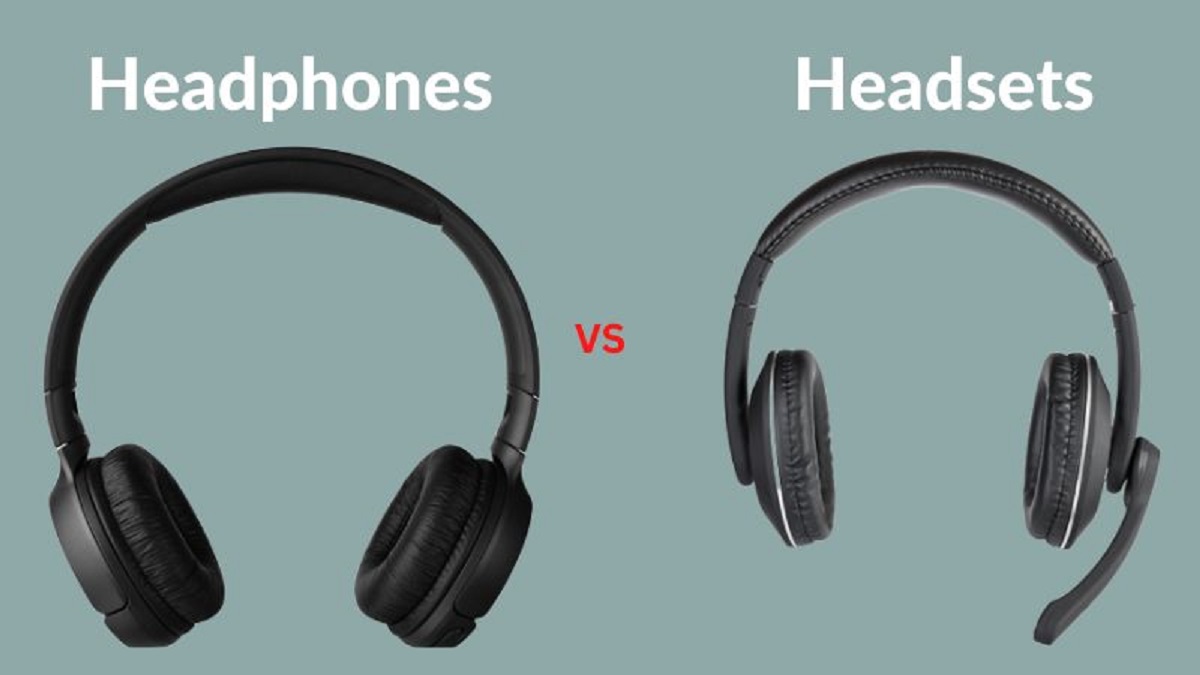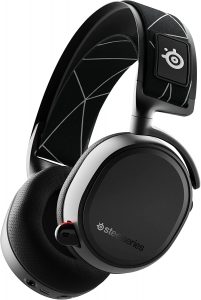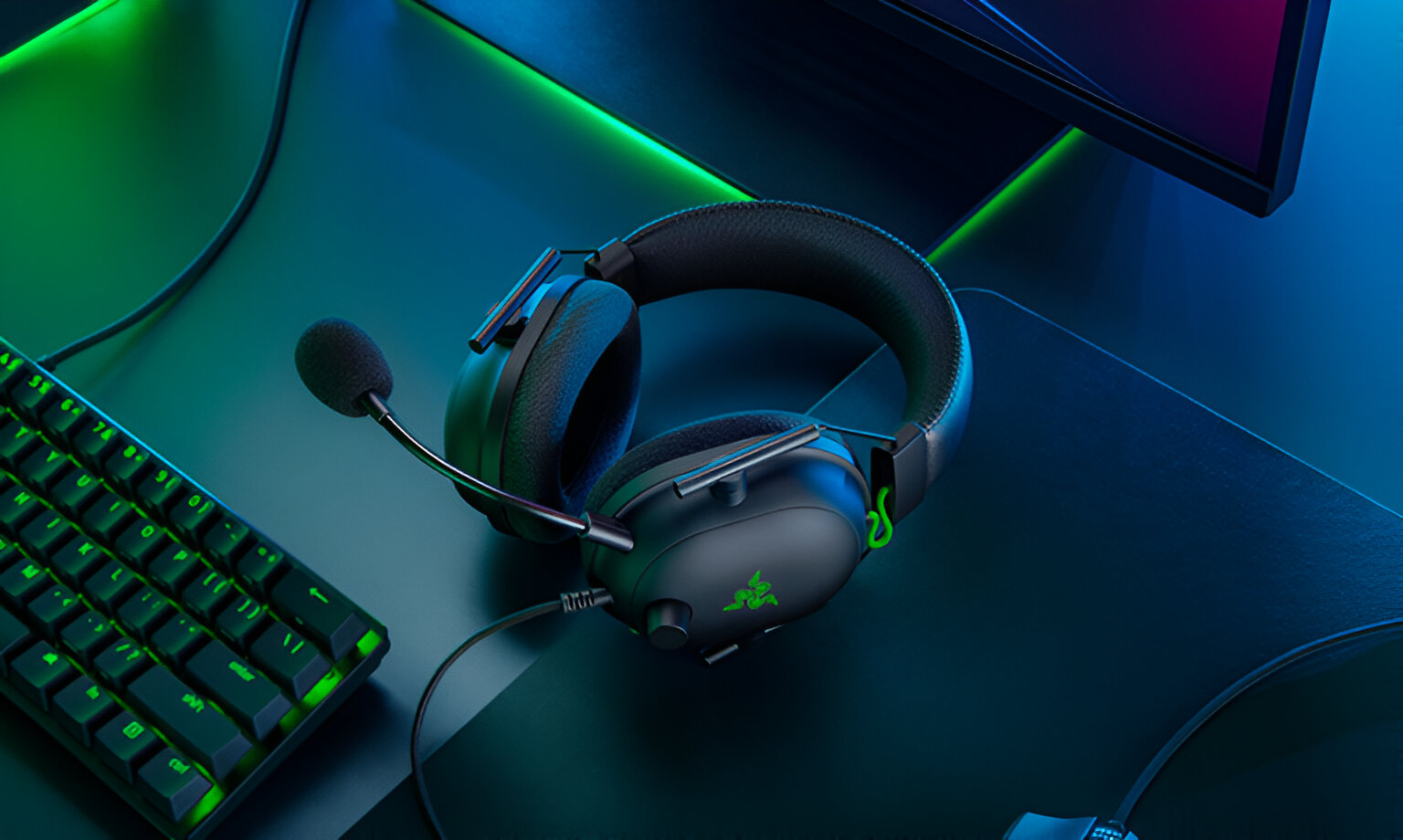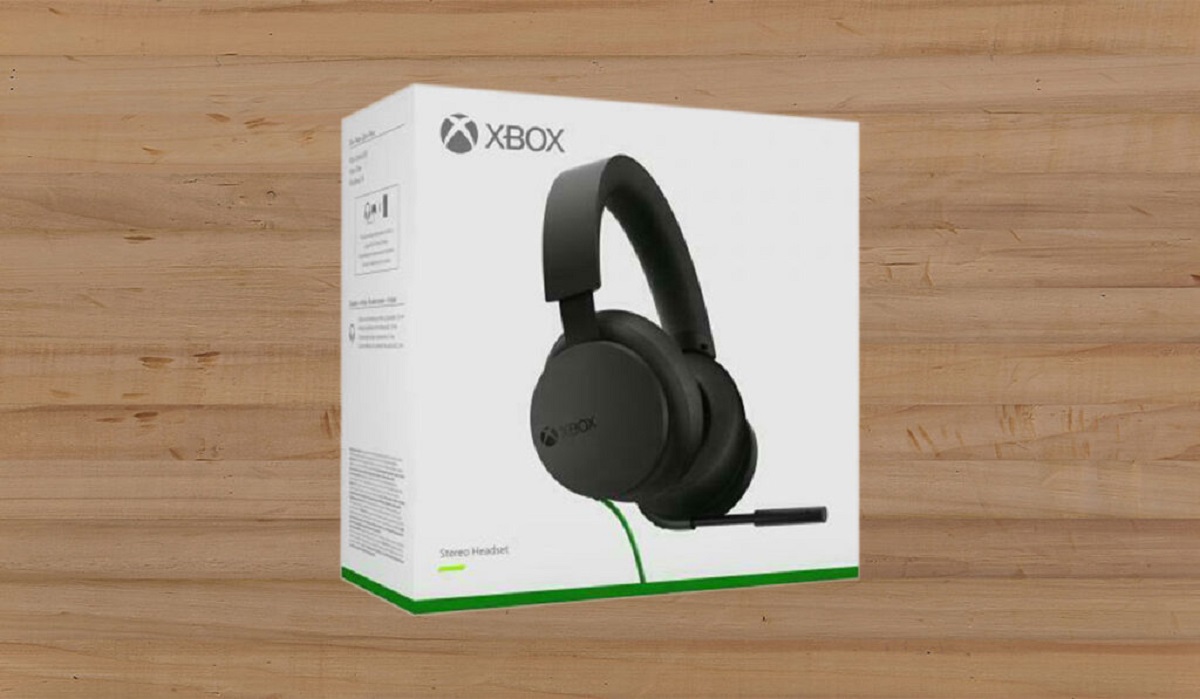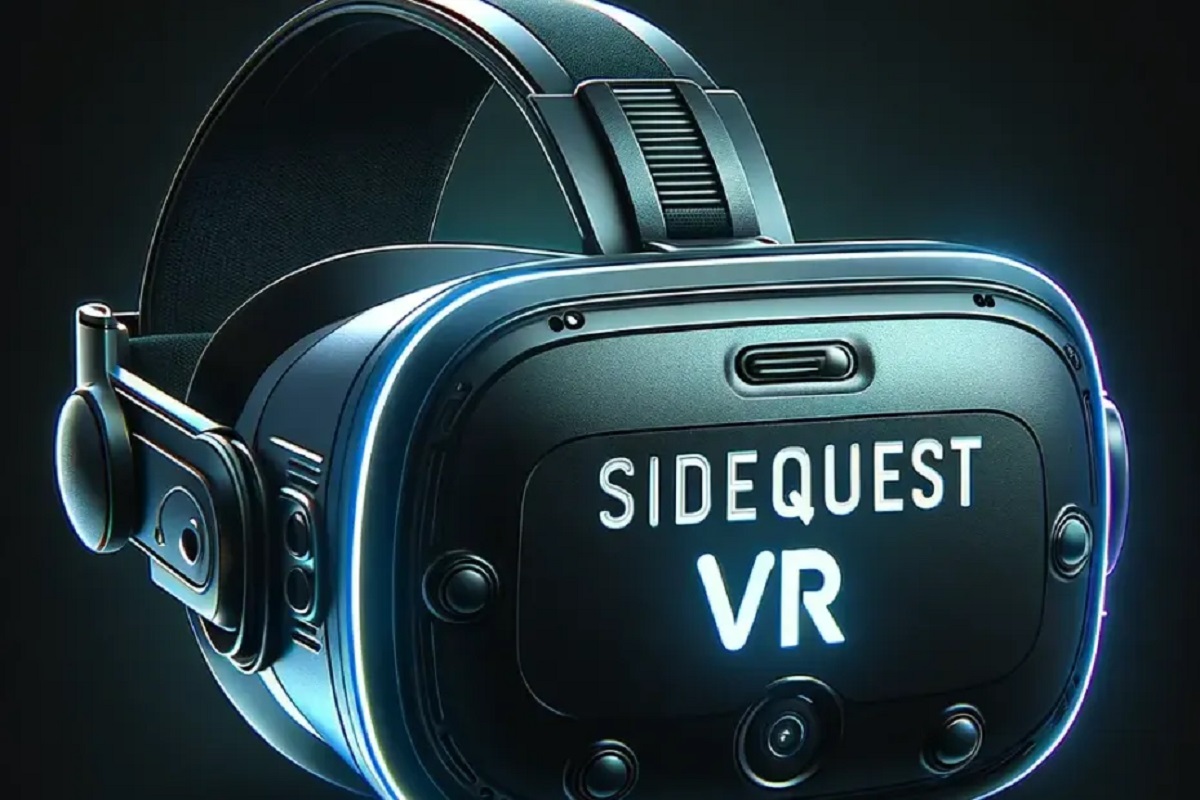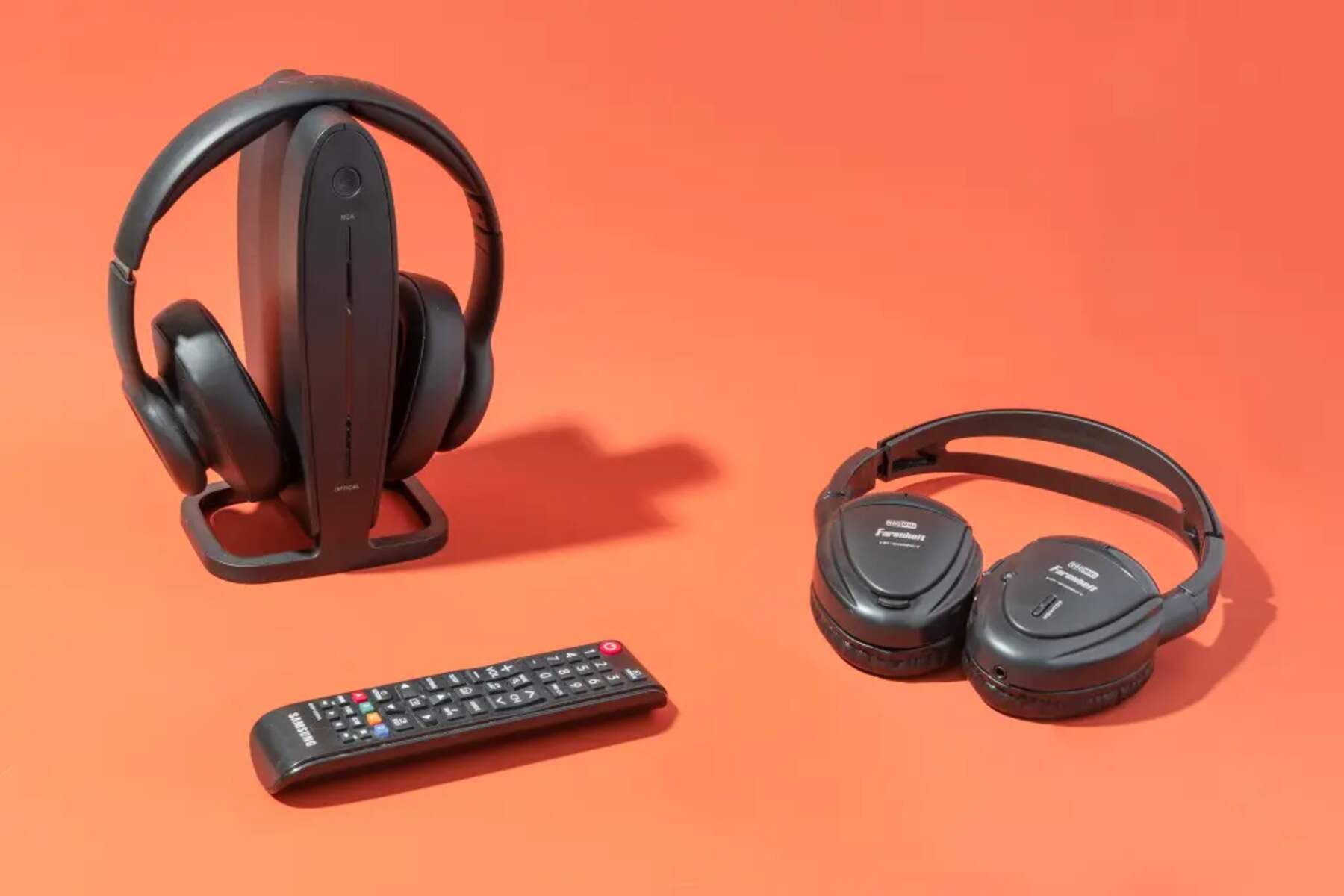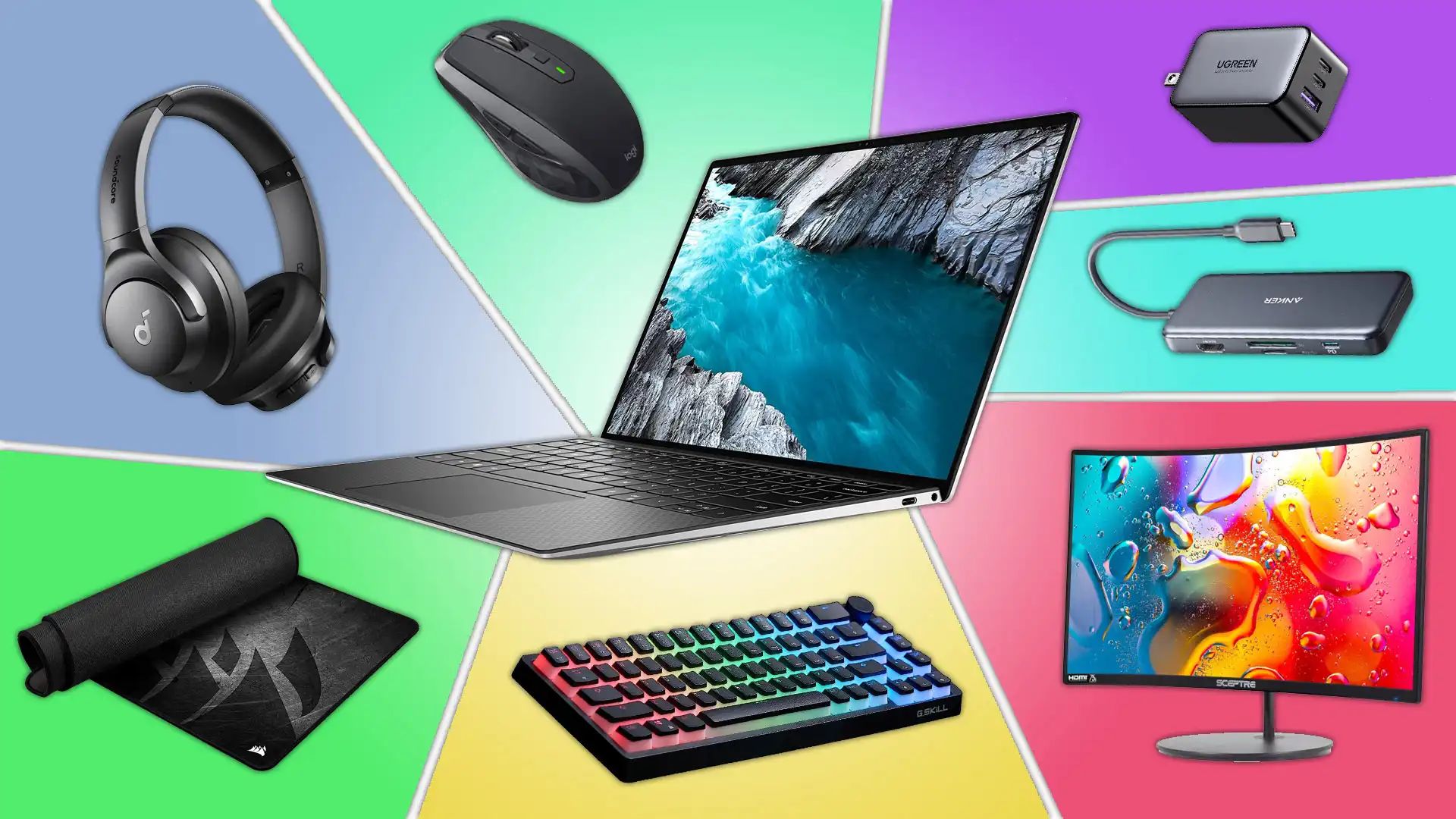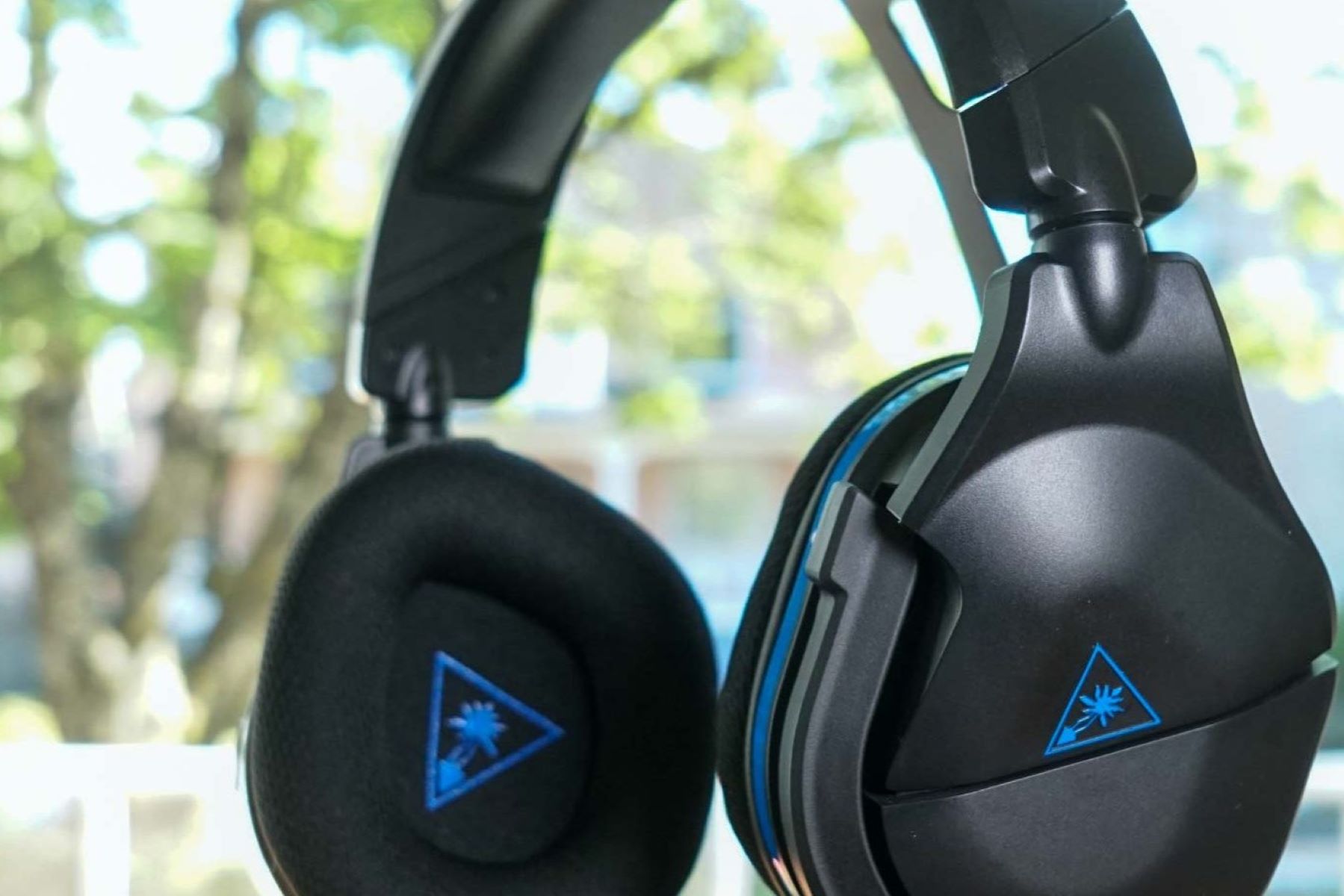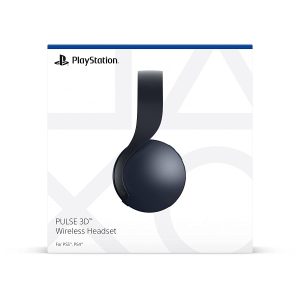Introduction
When it comes to audio accessories, the choice between a headset and headphones can be perplexing. These two devices are often used interchangeably, but they serve distinct purposes and cater to different user needs. Understanding the differences between headsets and headphones is crucial for making an informed decision based on individual preferences and requirements.
In this comprehensive guide, we will delve into the nuances of headsets and headphones, shedding light on their unique features, functionalities, and the scenarios in which they shine. By the end of this exploration, you will have a clear understanding of which option aligns best with your specific usage and preferences.
Let's embark on this journey to unravel the mysteries of headsets and headphones, unveiling their distinctive characteristics and helping you navigate the vast world of audio accessories. Whether you're a music enthusiast, a gamer, a professional in need of clear communication, or simply someone seeking an immersive audio experience, this guide will equip you with the knowledge to make an informed choice between headsets and headphones.
Definition and Function
Headsets and headphones are both audio accessories, but they serve different functions and are designed for distinct purposes.
Headsets
A headset is a combined headphone and microphone set, typically worn over the head. It is a versatile tool that finds extensive use in various scenarios, including gaming, professional communication, customer service, and hands-free mobile phone calls. The integrated microphone enables users to engage in clear voice communication, making headsets an essential tool for online gaming, video conferencing, and call center operations. In the gaming realm, headsets provide an immersive audio experience while allowing seamless communication with teammates, enhancing the overall gaming experience. Additionally, professionals in customer service and technical support rely on headsets to maintain clear, hands-free communication during calls, ensuring efficient and effective customer interactions.
Headphones
On the other hand, headphones are primarily designed for audio listening purposes. They are widely used for music appreciation, audio editing, monitoring, and entertainment consumption. Unlike headsets, headphones do not feature an integrated microphone, focusing solely on delivering high-quality audio output. With advancements in audio technology, headphones are available in various designs, including over-ear, on-ear, and in-ear options, catering to different preferences and usage scenarios. Audiophiles and music enthusiasts often opt for headphones to enjoy an immersive and high-fidelity audio experience, appreciating the nuances and details in their favorite tracks.
Functionality
In terms of functionality, headsets prioritize both audio output and input, making them suitable for activities that require simultaneous listening and speaking, such as gaming, video conferencing, and customer support. The integrated microphone ensures clear voice transmission, enhancing communication and collaboration in various settings. On the other hand, headphones excel in delivering exceptional audio quality for music, movies, podcasts, and other forms of entertainment, offering an immersive and personal listening experience without the need for integrated microphones.
Understanding the distinct functions of headsets and headphones is crucial for selecting the right audio accessory based on individual needs, preferences, and usage scenarios. Whether it's engaging in clear communication during intense gaming sessions or immersing oneself in the captivating melodies of a favorite album, choosing the appropriate device enhances the overall audio experience.
This section provides a foundational understanding of the differences between headsets and headphones, setting the stage for a deeper exploration of their design, comfort, sound quality, and other essential aspects.
Design and Comfort
The design and comfort of audio accessories play a pivotal role in ensuring an enjoyable and immersive user experience. When comparing headsets and headphones, the differences in design and comfort are influenced by their intended usage scenarios and the specific needs of the users.
Headsets
Headsets are engineered with a focus on functionality, incorporating a combination of headphones and a microphone while prioritizing comfort for extended usage. The design often features adjustable headbands, cushioned ear cups, and flexible microphone booms to accommodate diverse head sizes and provide a snug fit. The ear cups are designed to envelop the ears, effectively minimizing external noise and creating a conducive environment for clear audio communication. Additionally, the integration of padding and breathable materials enhances comfort during prolonged wear, making headsets suitable for extended gaming sessions, professional calls, and customer support duties.
Headphones
In contrast, headphones emphasize audio delivery and personal listening experiences, leading to variations in design and comfort features. Over-ear headphones are designed to encase the ears, providing a comfortable fit and effective noise isolation for immersive audio enjoyment. The cushioning on the ear cups and headbands is meticulously crafted to offer optimal comfort during extended listening sessions, ensuring that users can indulge in their favorite music or audio content without discomfort or fatigue. On-ear and in-ear headphones also prioritize comfort, with lightweight designs and soft ear cushions that cater to different preferences and usage scenarios.
Comfort Considerations
When evaluating the comfort aspect, factors such as weight distribution, material quality, and adjustability play a crucial role in determining the overall user experience. Headsets and headphones are designed to cater to diverse preferences, with some users favoring the secure fit of headsets for active gaming or professional communication, while others may prefer the lightweight and unobtrusive nature of headphones for leisurely music listening or audio editing tasks.
The design and comfort of headsets and headphones are tailored to meet the specific demands of their intended use cases, ensuring that users can engage in clear communication or indulge in high-quality audio experiences without compromising on comfort. By understanding the nuanced differences in design and comfort features, individuals can make informed decisions when selecting the most suitable audio accessory for their unique needs and preferences.
This detailed exploration of the design and comfort aspects of headsets and headphones provides valuable insights into the user-centric considerations that influence the overall usability and satisfaction derived from these audio accessories.
Sound Quality
When it comes to audio accessories, sound quality is a pivotal factor that significantly influences the overall user experience. The differences in sound quality between headsets and headphones stem from their distinct design priorities and intended usage scenarios.
Headsets
Headsets, designed for multifunctional use including gaming, professional communication, and customer support, are engineered to deliver clear and intelligible audio for both listening and speaking. The integration of high-quality headphone drivers ensures immersive sound reproduction, allowing gamers to discern subtle audio cues and experience spatial awareness in virtual environments. Additionally, the microphone components are optimized for noise cancellation and voice clarity, enabling seamless communication in online gaming, video conferencing, and call center settings. While the emphasis on clear communication is a hallmark of headsets, the audio output quality is tailored to complement the overall user experience without compromising on speech intelligibility.
Headphones
In contrast, headphones prioritize the delivery of high-fidelity audio for music, movies, podcasts, and other forms of entertainment. The design and engineering of headphone drivers are geared towards achieving a balanced sound profile, encompassing crisp highs, rich mids, and deep, resonant bass. Audiophiles and music enthusiasts gravitate towards headphones for their ability to reproduce intricate details and nuances in audio recordings, offering an immersive and captivating listening experience. The absence of an integrated microphone allows for a singular focus on audio output quality, resulting in a refined and uncompromising sonic performance that resonates with discerning listeners.
Comparative Analysis
When comparing sound quality, it is essential to recognize the tailored strengths of headsets and headphones. Headsets excel in delivering clear and articulate audio for communication and gaming, leveraging advanced technologies to enhance voice transmission and minimize ambient distractions. On the other hand, headphones elevate the listening experience by presenting audio with exceptional clarity, depth, and dynamic range, allowing users to immerse themselves in the sonic tapestry of their favorite content.
The differences in sound quality between headsets and headphones are aligned with their respective usage scenarios, catering to the specific needs and preferences of users across diverse domains. By understanding these distinctions, individuals can make informed decisions when selecting the ideal audio accessory to complement their activities and elevate their auditory experiences.
This detailed exploration of sound quality provides valuable insights into the nuanced audio performance characteristics of headsets and headphones, empowering users to make informed choices based on their unique audio preferences and usage requirements.
Microphone
The presence of a microphone is a defining feature that sets headsets apart from headphones. In the realm of audio accessories, the microphone integrated into headsets serves as a vital tool for clear and effective communication in various scenarios. Whether it's coordinating strategies in intense gaming sessions, participating in virtual meetings, or providing customer support, the microphone component plays a pivotal role in facilitating seamless voice transmission.
Headsets
Headsets are meticulously engineered to incorporate high-quality microphones that are optimized for noise cancellation and voice clarity. These microphones are designed to capture the nuances of speech while minimizing background noise and ambient distractions, ensuring that the user's voice is conveyed with precision and intelligibility. In the gaming landscape, the microphone of a headset enables gamers to strategize, coordinate, and engage in real-time communication with teammates, enhancing the collaborative gaming experience. Furthermore, in professional settings such as call centers and customer support environments, headsets with advanced microphones enable clear and effective communication, contributing to efficient customer interactions and streamlined operations.
Headphones
In contrast, headphones do not feature an integrated microphone, as their primary focus is on delivering high-fidelity audio for music, movies, and other forms of entertainment. Without the microphone component, headphones are tailored to provide an uninterrupted and immersive listening experience, allowing users to delve into the captivating world of sound without the need for voice communication.
Comparative Analysis
The microphone integrated into headsets is engineered to complement the multifunctional nature of these audio accessories, enabling users to engage in clear voice communication while benefiting from high-quality audio output. The design and positioning of the microphone boom are strategically optimized to capture the user's voice accurately, while advanced noise-cancelling technologies ensure that ambient sounds are minimized, maintaining the clarity of communication.
By understanding the significance of the microphone in headsets, users can appreciate its role in facilitating seamless communication and collaboration across gaming, professional, and customer service domains. This insight empowers individuals to make informed decisions when selecting the ideal audio accessory based on their specific communication needs and usage requirements.
This detailed exploration of the microphone component in headsets sheds light on its pivotal role in enabling clear and effective communication, underscoring its significance in enhancing the overall functionality and versatility of these audio accessories.
Compatibility
Compatibility is a crucial consideration when choosing between headsets and headphones, as it directly impacts the seamless integration of these audio accessories with a wide range of devices and platforms. The differences in compatibility stem from the distinct functionalities and design priorities of headsets and headphones, catering to diverse usage scenarios and user requirements.
Headsets
Headsets are engineered with multifunctional compatibility in mind, designed to seamlessly integrate with gaming consoles, PCs, laptops, mobile devices, and a variety of communication platforms. The integration of standardized audio and microphone connectors, such as 3.5mm audio jacks or USB connections, ensures broad compatibility across different devices and operating systems. This versatility allows gamers, professionals, and customer service representatives to effortlessly connect their headsets to gaming consoles for immersive gameplay, PCs for online communication and collaboration, and mobile devices for hands-free calls.
Furthermore, advancements in headset technology have led to the development of wireless models equipped with Bluetooth connectivity, expanding the compatibility to include smartphones, tablets, and other Bluetooth-enabled devices. This wireless flexibility enhances the mobility and convenience of headsets, enabling users to engage in voice communication, gaming, and audio experiences across a diverse array of platforms without being tethered by cables.
Headphones
In the realm of headphones, compatibility is primarily focused on delivering high-quality audio experiences across music players, smartphones, tablets, laptops, and audio interfaces. The standard audio connectors, such as 3.5mm audio jacks and USB-C connections, facilitate seamless integration with a myriad of devices, allowing users to indulge in their favorite music, podcasts, and movies across various platforms.
Moreover, wireless headphones equipped with Bluetooth technology offer enhanced compatibility with smartphones, tablets, and laptops, providing users with the freedom to enjoy wireless audio experiences without compromising on sound quality. This wireless compatibility empowers individuals to immerse themselves in high-fidelity audio content while on the go, without the constraints of wired connections.
Comparative Analysis
When comparing compatibility, it becomes evident that headsets and headphones are designed to cater to distinct usage scenarios, offering versatile integration with different devices and platforms. The multifunctional compatibility of headsets aligns with their role in facilitating clear communication and immersive gaming experiences across gaming consoles, PCs, and mobile devices. On the other hand, headphones prioritize seamless integration with music players, smartphones, and tablets, emphasizing the delivery of high-fidelity audio experiences across diverse entertainment platforms.
By understanding the nuanced differences in compatibility, users can make informed decisions when selecting the ideal audio accessory based on their specific usage requirements and the devices they intend to integrate with. This insight empowers individuals to leverage the broad compatibility of headsets and headphones, enhancing their audio experiences across gaming, communication, and entertainment domains.
This comprehensive exploration of compatibility provides valuable insights into the diverse integration capabilities of headsets and headphones, underscoring their adaptability across a plethora of devices and platforms.
Price and Value
When considering audio accessories such as headsets and headphones, the aspect of price and value plays a significant role in the decision-making process. The pricing of these devices is influenced by a multitude of factors, including the brand reputation, build quality, audio performance, additional features, and the overall user experience they offer. Understanding the relationship between price and value is essential for users seeking to make informed choices that align with their budget and expectations.
Headsets
Headsets, catering to diverse usage scenarios such as gaming, professional communication, and customer support, are available in a wide price range to accommodate varying budgets and feature preferences. Entry-level headsets offer essential functionalities such as clear audio output and microphone capabilities at an accessible price point, making them suitable for casual gamers and individuals requiring basic communication tools. As the price increases, headsets incorporate advanced features such as surround sound, noise-cancelling microphones, customizable RGB lighting, and ergonomic designs, catering to the needs of avid gamers, content creators, and professionals seeking enhanced audio and communication capabilities.
Headphones
Likewise, headphones are available across a spectrum of price points, offering diverse options for music enthusiasts, audio professionals, and everyday users. Entry-level headphones provide reliable audio performance and comfort for casual listening at an affordable price, making them accessible to a broad audience. As the price escalates, headphones introduce premium features such as noise-cancellation, hi-fi audio drivers, wireless connectivity, customizable sound profiles, and durable construction, appealing to audiophiles, sound engineers, and individuals seeking an elevated audio experience.
Comparative Analysis
The pricing and value proposition of headsets and headphones are shaped by their unique functionalities and target user demographics. Headsets prioritize multifunctional capabilities and integrated microphones, tailored for gaming, communication, and professional use, while headphones emphasize high-fidelity audio reproduction and immersive listening experiences across music and entertainment platforms. The price differentials reflect the specialized features, build quality, and performance enhancements that cater to the distinct needs of users within each category.
Making Informed Choices
By comprehending the pricing and value dynamics of headsets and headphones, users can make informed decisions based on their specific requirements, budget constraints, and desired features. Whether seeking a versatile communication tool for gaming and professional use or aiming for an immersive audio experience tailored to music and entertainment, the diverse pricing options and value propositions of headsets and headphones enable individuals to select the most suitable device that aligns with their preferences and delivers an optimal audio experience.
This detailed exploration of the pricing and value considerations surrounding headsets and headphones provides valuable insights into the diverse options available to users, empowering them to make informed decisions aligned with their budget and audio preferences.
Conclusion
In conclusion, the exploration of headsets and headphones has unveiled the distinctive characteristics, functionalities, and considerations that define these audio accessories. The nuanced differences between headsets and headphones encompass design, comfort, sound quality, microphone integration, compatibility, and the pricing and value propositions, shaping their roles in gaming, communication, entertainment, and professional domains.
Headsets emerge as multifunctional tools, integrating headphones and microphones to facilitate seamless communication in gaming, professional settings, and customer support. Their emphasis on clear voice transmission, immersive audio experiences, and versatile compatibility positions them as essential assets for gamers, professionals, and individuals seeking efficient communication tools.
On the other hand, headphones prioritize high-fidelity audio delivery, offering immersive and personalized listening experiences across music, movies, podcasts, and entertainment platforms. Their focus on audio performance, comfort, and diverse connectivity options caters to the discerning preferences of music enthusiasts, sound professionals, and individuals seeking an elevated auditory journey.
The distinct functionalities and design priorities of headsets and headphones underscore their adaptability across a myriad of usage scenarios, ensuring that users can select the most suitable device based on their unique needs, preferences, and budget considerations. Whether it's engaging in intense gaming sessions, participating in virtual meetings, immersing in captivating melodies, or seeking clear communication tools, the diverse options presented by headsets and headphones empower individuals to tailor their audio experiences to align with their specific requirements.
Ultimately, the decision between headsets and headphones hinges on the user's intended usage, communication needs, audio preferences, and desired functionalities. By understanding the nuanced differences and value propositions of these audio accessories, individuals can make informed choices that enhance their gaming experiences, communication efficiency, and audio indulgence, amplifying the overall satisfaction derived from their chosen device.
As the audio landscape continues to evolve with technological advancements and user-centric innovations, the realms of headsets and headphones stand as pillars of immersive audio experiences, catering to the diverse needs and preferences of users across gaming, communication, entertainment, and professional domains. Whether it's the seamless coordination in virtual battlegrounds, the immersive escape into musical realms, or the clear communication in professional settings, headsets and headphones serve as indispensable companions, enriching the auditory journey of individuals worldwide.







